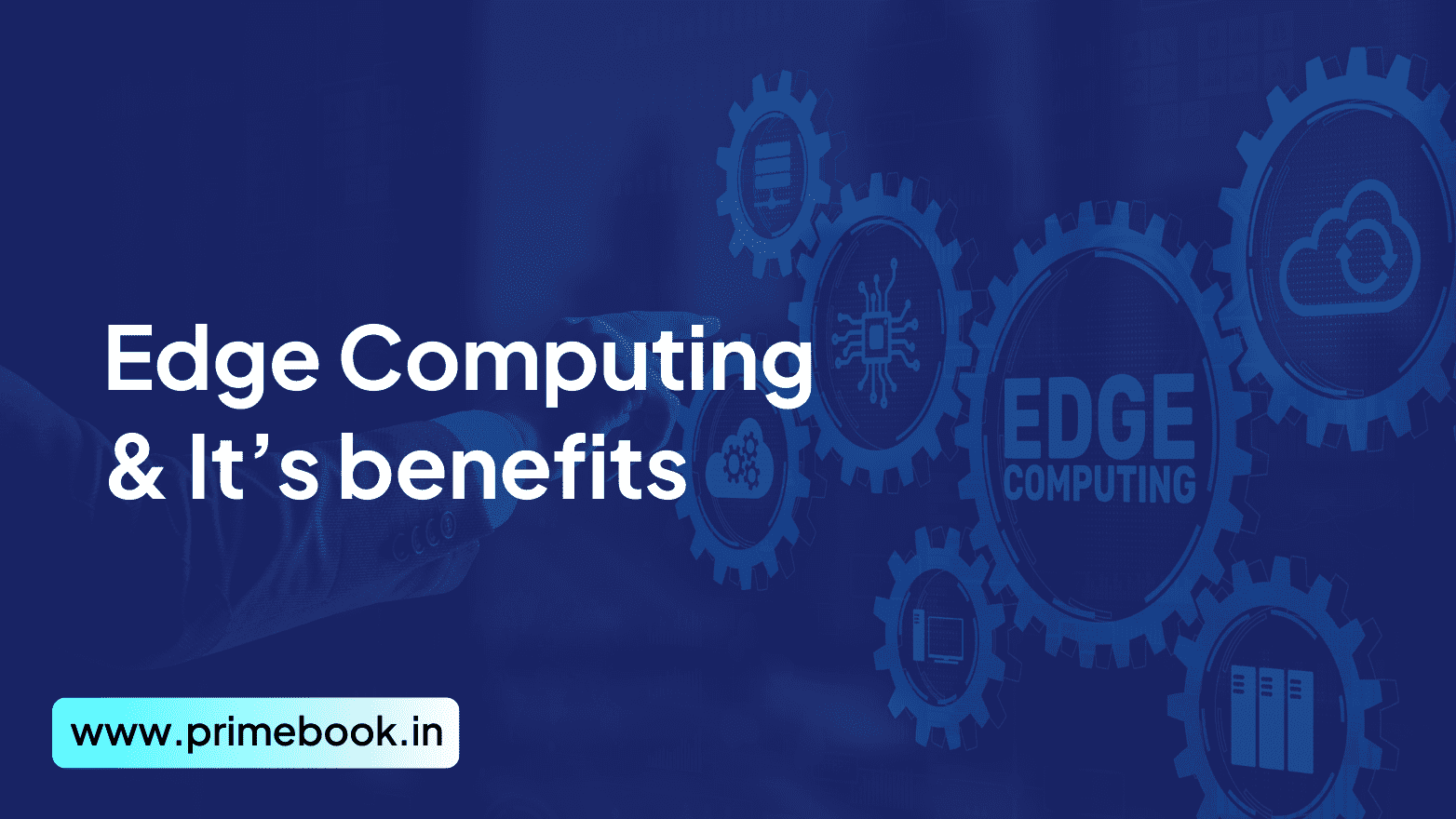Blogs / Educational Bytes / Edge Computing: Top 3 Benefits of Edge Computing
Blogs / Educational Bytes / Edge Computing: Top 3 Benefits of Edge Computing

Ananya Dasgupta
01 Feb 2024

Edge Computing: Top 3 Benefits of Edge Computing
Table of Contents
Edge computing is one of the cutting-edge solutions that aim to solve the challenges brought by the rapid growth of the Internet of Things (IoT) and its complementary data increase. How? You must be wondering! Well, this blog on what is edge computing and how it can benefit us shall help you find the answer!
What is Edge Computing?
Edge Computing is typically a distributed computing system that helps process a client’s data at the network periphery, which stands closer to the original data source. It’s not a mere technology but an architecture as a whole that enables location-sensitive distributed computing.
While transmitting raw data to the central data source is a daunting task, edge computing allows you to perform processing and analytics right where the data gets generated. Herein, only the outcome of the computing task performed at the edge goes back to the primary data source, be it for review or any kind of human interaction.
Benefits of Edge Computing
1. Facilitates Real-time Analytics
The first and foremost benefit of edge computing is that it accelerates real-time analytics for business enterprises by leveraging the power of artificial intelligence straightaway to the device. It is what experts call Edge AI – The collaboration of edge computing with AI! With such an integration, edge computing tends to eradicate the need for transferring data to the cloud.
No doubt, this robust transformation of data processing and analysis, making real-time analytics real, can help industries like manufacturing, healthcare, and finance come up with data-driven decisions quickly and efficiently.
2. Enhances Data Security
Another benefit of edge computing is enhanced data security for the users! As the amount of data transferred and processed to the cloud decreases, users can keep their sensitive data on their own devices private, toppling the risk of data breaches, cyber-attacks, or unauthorized access. There are indeed minimal possibilities to hack sensitive information during the process of transmission, as the process itself is minimal.
This revolutionary shift in security schemes can help business enterprises stock their data in a secure environment by pursuing data processing and analysis at the local level. In other words, users can curb the potential threats that cloud computing poses.
3. Decreases Latency
Edge computing also benefits by decreasing latency, i.e., the time taken by any service provider to respond to their client’s request! Undeniably, standard centralized data processing involves significant delays in responding to the user’s request. It is especially when there’s extensive data use and production that creates network congestion and leads to immense traffic in the cloud. This certainly happens because of the rigorous transmission process!
The processing and analysis of data closer to the source in edge computing, eliminating the need for cloud transfer, helps create a faster response and thus, a better user experience. That’s where customer loyalty grows! So, it’s a win-win for the business enterprises and the clients.
Now, to conclude, I must add that – the minimal use of network resources and alleviation of the need for cloud storage provide cost-saving opportunities to businesses, specifically those processing large amounts of data daily. However, as a modern technological innovation, the world is yet to witness and unlock the complete potential of edge computing.


 Related Blog
Related Blog









